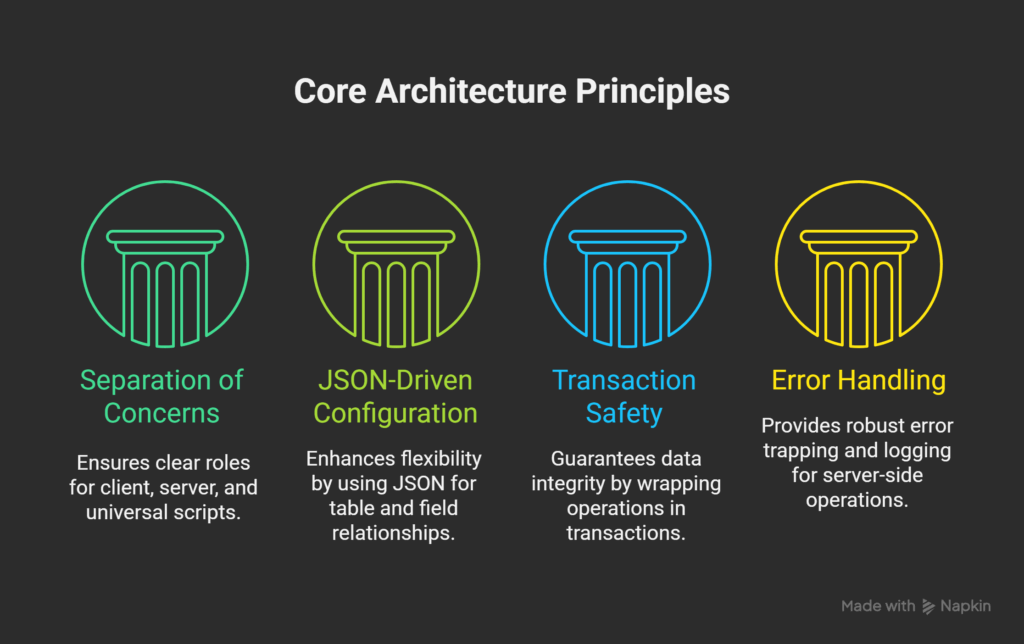Using PowerShell in non-English Windows settings presents unique challenges, especially when system folders like “Desktop” are localized—known as “Υπολογιστής” in Greek setups integrated with OneDrive. This guide will help you adapt your PowerShell environment to efficiently manage these localized and synchronized folders.
Understanding Localization and Synchronization
- Localized and OneDrive Document Folders
- Local “Documents” Folder: Typically where documents are stored locally. It might not be visible directly in searches if its location has been moved or redirected to integrate with OneDrive.
- OneDrive “Documents” Folder: This folder is set up during OneDrive initialization and syncs with the corresponding local folder, including all files in the cloud.
- Localized Folder Names and Desktop Translation
- Standard Folder Names: Folders like “Documents” are often translated to the local language, e.g., “Έγγραφα” for Greek. This translation can create confusion, especially when scripts or applications refer to these directories by their English names.
- Desktop Folder Translation in OneDrive: In systems with OneDrive integration, the “Desktop” folder may be referred to as “Υπολογιστής,” translating directly to “Desktop” in English. This is distinct from the local “Desktop” folder, which is a separate entity typically located directly under the user’s profile directory.
- Folder Redirection
- Folder Redirection to OneDrive: Windows allows the redirection of standard folders like “Desktop” and “Documents” to OneDrive. When enabled, data typically stored in the user’s local folder is instead saved directly to the OneDrive folder.
Understanding and Using $PROFILE in PowerShell
Profile Path in PowerShell: $PROFILE refers to the path of your current user’s PowerShell profile script, executed at each PowerShell start. Confirm this path by typing:
echo $PROFILE
in PowerShell. This will display the path, helping you ensure you’re editing the correct profile, especially important in systems where documents may be redirected to OneDrive.
Caution: Be aware that PowerShell profiles are specific to the version of PowerShell in use. Settings for Windows PowerShell do not automatically transfer to PowerShell Core.
Creating a Custom $PROFILE for Localized Systems
- Setup Your PowerShell Profile
- Check if a profile exists:
Test-Path $PROFILE
- and if not, create it
New-Item -path $PROFILE -type file -force
- and open it for editing
notepad $PROFILE
- Add Custom Functions
- Set-Desktop Function: Adjusts for localization, ensuring seamless navigation:
function Set-Desktop { Set-Location -Path “C:\Users\avala\OneDrive\Υπολογιστής” }
Dynamic Set-Desktop Function Using Special Folder Path
PowerShell can access environment variables and special folder paths through .NET’s System.Environment class. The SpecialFolder enum provides a way to get the path to system-defined directories:
function Set-Desktop {
$desktopPath = [System.Environment]::GetFolderPath([System.Environment+SpecialFolder]::Desktop)
Set-Location -Path $desktopPath
}
Explanation
[System.Environment]::GetFolderPath(): This method retrieves the path to the specified system special folder.[System.Environment+SpecialFolder]::Desktop: This enum specifies the Desktop folder, adapting automatically to the user’s environment and any folder redirection that might be in place (such as redirection to OneDrive).
You can create a similar function named Set-Doc that dynamically navigates to your documents directory, specifically the OneDrive documents folder in your case. This function will utilize the .NET environment methods to determine the correct path for the “Documents” folder, which can vary based on system configuration and user settings.
Here’s how you can define the Set-Doc function to dynamically find and set the location to the Documents directory:
function Set-Doc {
$documentsPath = [System.Environment]::GetFolderPath([System.Environment+SpecialFolder]::MyDocuments)
Set-Location -Path $documentsPath
}
Explanation:
[System.Environment+SpecialFolder]::MyDocuments: This specifies the Documents folder, which the .NET framework translates to the appropriate system path, potentially including redirections like those used with OneDrive.
- Find-Folder Function: Locates directories across different system setups:
function Find-Folder {
param(
[string]$StartDirectory,
[string]$FolderName
)
Get-ChildItem -Path $StartDirectory -Recurse -Directory -Filter $FolderName -ErrorAction SilentlyContinue
}
- Reload Your Profile
- Activate new functions without restarting:
. $PROFILE
Usage Examples
- Navigating to the Desktop: Use Set-Desktop to move directly to your OneDrive-integrated desktop, “Υπολογιστής”, ensuring consistent navigation irrespective of localization.
- Searching for a Folder: Efficiently locate a folder named “Photos” from the root of the C drive:
Find-Folder -StartDirectory “C:\” -FolderName “Photos”
Adapting your PowerShell scripts to handle localization enhances functionality across different setups. This guide provides essential techniques for managing and navigating localized and synchronized folders, boosting flexibility and efficiency in your scripting tasks in a global IT environment.








